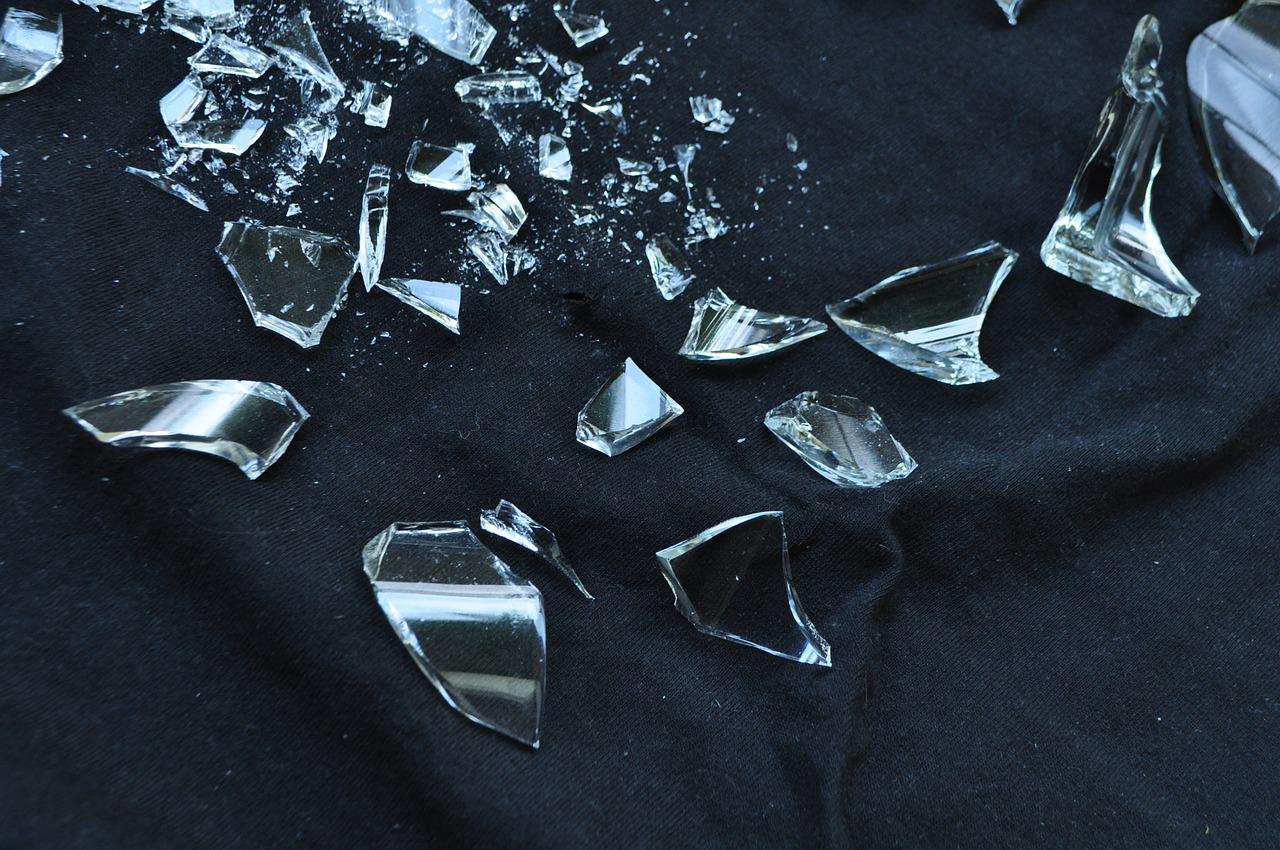Recycled Glass
• Glass is 100% recyclable and can be recycled endlessly without loss in quality or purity.
• Circularity of glass can be achieved via reuse of post-consumer glass or it’s recycling to get a unique product that can be used for several other purposes.
• Recycled glass reduces emissions and consumption of raw materials, extends the life of plant equipment, such as furnaces, and saves energy.
• Recycled glass can be substituted for up to 95% of raw materials.
• Circularity of glass can be achieved via reuse of post-consumer glass or it’s recycling to get a unique product that can be used for several other purposes.
• Recycled glass reduces emissions and consumption of raw materials, extends the life of plant equipment, such as furnaces, and saves energy.
• Recycled glass can be substituted for up to 95% of raw materials.
Glass is made from sand, soda ash, limestone, and “cullet,” the industry term for furnace-ready recycled glass.
When glass is recycled, it is cleaned, sterilized, dried, sorted by color, and reduced to sizes that can range from pebbles to sand and even powder before being sold for remelting.
When glass is recycled, it is cleaned, sterilized, dried, sorted by color, and reduced to sizes that can range from pebbles to sand and even powder before being sold for remelting.
One ton of carbon dioxide is reduced for every six tons of recycled container glass used in the manufacturing process.
Making recycled glass products from cullet consumes 40 percent less energy than making new glass from raw materials, as cullet melts at a much lower temperature.
Glass recycling requires about 8-10 workers, compared to 1 worker if the glass is landfilled thus creating more jobs.
Concrete made with recycled glass aggregates have better long-term strength and better thermal insulation, due to the thermal properties of the glass aggregates.
Recycled glass cullet can be used for glass container manufacturing, fibreglass, abrasives (sandblast, media), flux and binder in ceramics and bricks, soil amendment, filtration medium, frictionator in matches and ammunition, additive and flux in metal foundry, filler in paint and plastic and, as hydroponic rooting medium.
The alternative markets for recycled glass waste include the construction sector for road pavement construction, as an aggregate in asphalt, pipe bedding material, drainage or filler aggregate and the production of cement.
